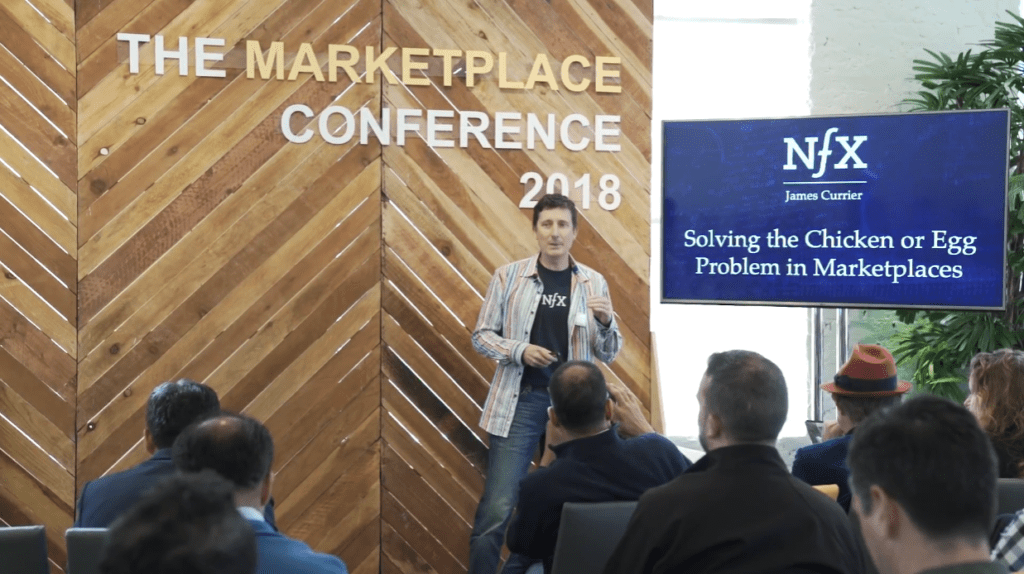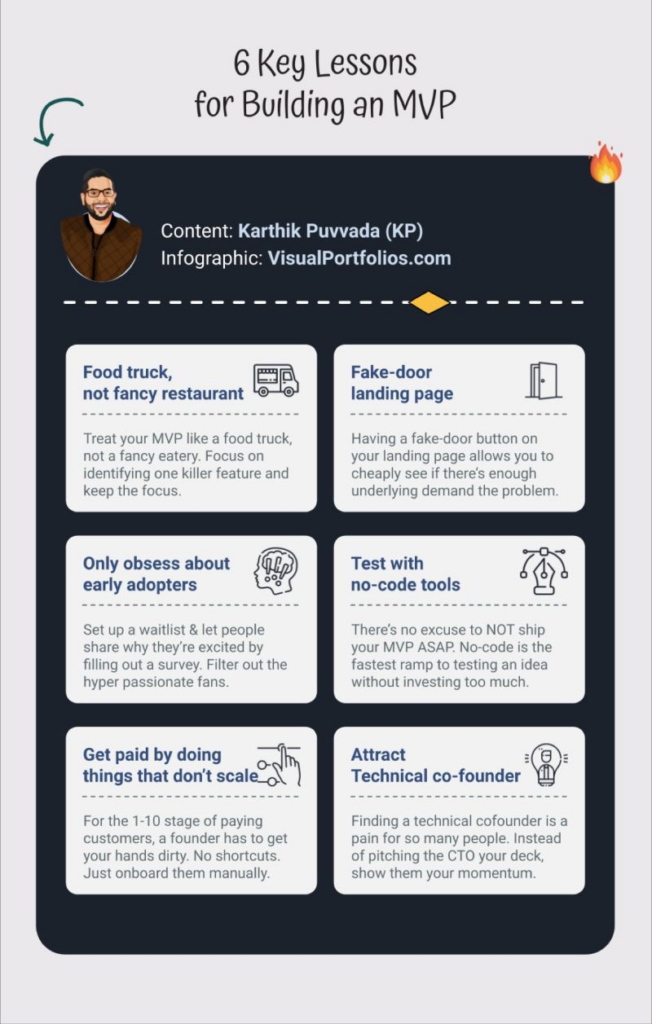This week’s Founder Finds includes:
- A sales book for founders
- An AI tool for repurposing content
- The importance of market demand
- 19 proven tactics for starting a marketplace
- A deep dive into Brookfield Asset Management
- And more…
🪶 Remember This
It’s fine to celebrate success but it is more important to heed the lessons of failure.
🤓 Fav Finds
Tools, tweets and more from Trends Pro Members
🏦 Business Breakdowns: Brookfield Asset Management shared by Gabriel Limma
A podcast episode about the alternative asset manager giant. A business masterclass.
💲 Founding Sales shared by Mingwei Gu
A B2B sales handbook for founders transitioning into a selling role.
🎞️ Vidyo.ai shared by Reed Floren
An AI tool that selects, edits & captions top moments from your videos for content repurposing.
📘 Read This
Surfers spend most of their time in the water waiting for waves.
They don’t watch them roll in from the shore.
Justin Jackson says that market demand determines the potential of your product.
Put your toes in the water by doing side projects. Be patient and observe.
Entering the water puts you on course to find your perfect wave.
🌟 Founder of the Week

“I love the fact that Trends Pro helps create habits with standups. It’s amazing to see other members’ progress in life and business. But… the real game changer for me are the masterminds. With such engaged and friendly people! You don’t get to masterminds because you paid for it, you need to earn it through persistence.”
Tom is a founder of ContentWay – Where he offers 6-week programs to help founders and agency owners turn their LinkedIn profiles into assets that attract high-ticket clients. He is also a member of Trends Mastermind #0007.
What’s your most important habit?
I create a summary of my work every week & month.
It helps me draw conclusions on my actions, see what I should do more (and what less), and it’s a powerful tool to improve my work (and life).
What are you reading right now?
Ryan Holiday – Stillness is the key
When I learned that Ryan tattooed 2 titles of his books (“Obstacle is the way” and “Ego is the enemy”) on his forearms, I was impressed how much he believes in what he does and says. Since then, I’ve been reading all his books, some of them several times.
What product or service do you wish existed?
A tool to build complex and reliable quiz funnels with tagging and segmentation. I believe it would help better serve clients in a more automatic way. The costs of acquiring clients are getting higher and higher. Would you like to be a cofounder of this project? Let me know!
What are you bullish on?
Niche communities that help us find like-minded people all around the world.
What are you bearish on?
Overpaying for life in a big city. Over 1 year ago we moved out with my wife to a smaller town from the capital city of Poland, and we believe it was the best decision.
What’s your favorite Trends Report?
🔥 The FIRE Movement
It’s good to see from another perspective how to focus on non-financial forms of wealth.
Exclusive Deal: Tom is offering Trends.vc readers 20% off his LinkedIn implementation program until the end of the year. Just mention you are from Trends during the strategy call.
👀 Watch This
Solving the Chicken or Egg Problem
The chicken-or-egg problem is the toughest challenge for marketplace founders.
Buyers won’t join without the sellers and vice-versa. This kills the core value of your marketplace.
James Currier shares 19 proven tactics to solve the chicken-or-egg problem. With notes on growth channels to bring more traffic to your marketplace.
🏆 Trends Pro Member Wins
🆕 Marc Fletcher, Briando and Vasil became Trends Pro Members
👥 Marc Fletcher unlocked 1:1 Founder Intros by joining daily standups
🌌 Sachit Adhikari launched the beta version of QAL VPN
👗 Lwany launched her holiday dressing shopping guide
🤖 Elie Steinbock launched an AI entrepreneur Twitter account using ChatGPT
🏠 Abubakar Sheriff launched the landing page for Qariyb Housing
🧠 Stephanie H. and Mehmet Gonullu unlocked Trends.vc Masterminds by reaching 30-day standup streaks
Get Weekly Reports
Join 54,000+ founders and investors
📈 Unlock Pro Reports, 1:1 Intros and Masterminds
Become a Trends Pro Member and join 1,200+ founders enjoying…
🧠 Founder Mastermind Groups • To share goals, progress and solve problems together, each group is made up of 6 members who meet for 1 hour each Monday.
📈 100+ Trends Pro Reports • To make sense of new markets, ideas and business models, check out our research reports.
💬 1:1 Founder Intros • Make new friends, share lessons and find ways to help each other. Keep life interesting by meeting new founders each week.
🧍 Daily Standups • Stay productive and accountable with daily, async standups. Unlock access to 1:1 chats, masterminds and more by building standup streaks.
💲 100k+ Startup Discounts • Get access to $100k+ in startup discounts on AWS, Twilio, Webflow, ClickUp and more.
Brought to you by the team behind HeadsUp






















